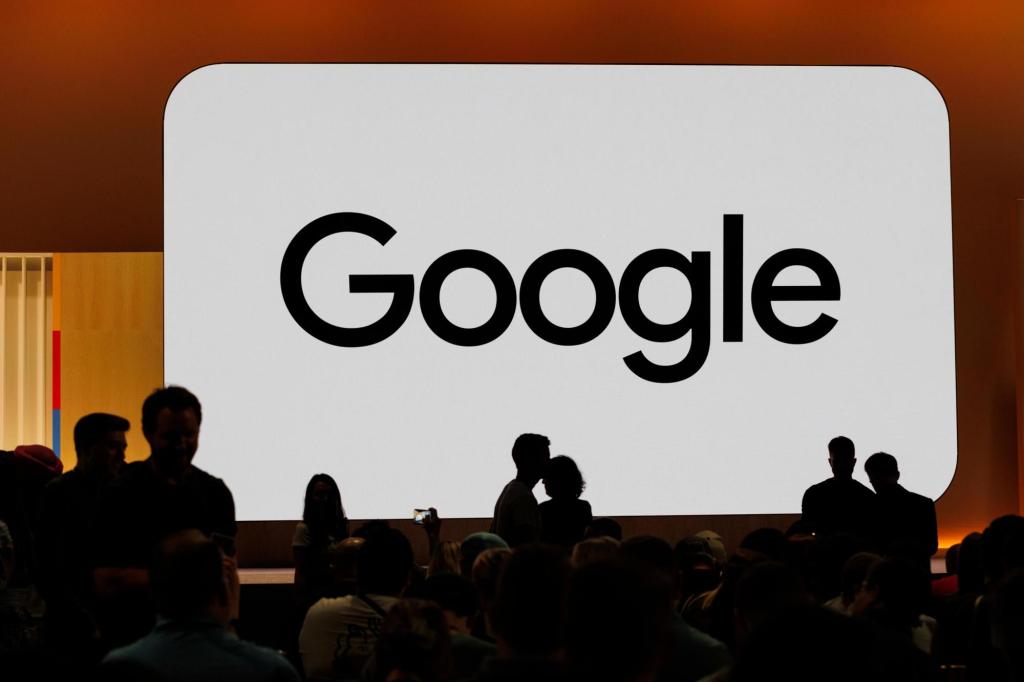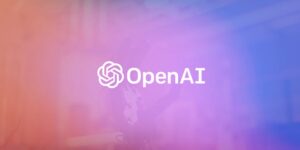Google Unveils AI Model for Robotics, Competing with Meta and OpenAI

Google’s Advancements in Robotics through AI
In recent years, artificial intelligence (AI) has become a significant player in various industries, including robotics. Google is taking notable steps in this area by unveiling new AI models designed to enhance the capabilities of robots. This move appears to position Google at the forefront of the robotics industry, competing with other technology giants like Meta and OpenAI.
The Emerging AI Models
Google has recently introduced its Gemini IA model, which aims to bridge the gap between digital intelligence and physical robotics. The company seeks to bring AI into the realm of robotics, allowing machines to perform tasks that were once exclusively within the purview of humans. This includes a wide range of applications, from automated industrial processes to service robots in public spaces.
Key Features of the Gemini AI Model
- Enhanced Adaptability: The Gemini model allows robots to learn and adapt to various environments more efficiently than previous models.
- Improved Decision-making: With enhanced cognitive capabilities, robots can analyze complex data and make quicker decisions.
- Advanced Interaction: This model also facilitates better human-robot interaction, improving collaboration in scenarios where robots assist humans.
Competing in Robotics
Google DeepMind, the research arm of Google focusing on AI, is making strides in making robots not just intelligent, but practical for everyday use. Their aim is to develop machines that can understand and act in dynamic environments, something that is crucial for applications ranging from logistics to healthcare.
Notable Developments
Some highlights from Google’s recent public announcements include:
- Collaborative Robots: The introduction of robots that can work alongside humans in various tasks, thereby enhancing productivity.
- Real-time Learning: Advanced mechanisms allowing robots to learn from their surroundings and experiences in real-time.
The Race for AI-Driven Robotics
As Google, Meta, and OpenAI continue to refine their AI models, the competition in the robotics industry is heating up. Each company aims to be at the leading edge of technology, which could lead to breakthroughs in how robots assist in daily tasks. With the growing demand for automation across sectors, these advancements are expected to shape the future of work and daily life.
Practical Applications
The integration of advanced AI models into robotics opens up a variety of practical applications. These include:
- Manufacturing: Robots can handle complex assembly tasks, improving efficiency and reducing human error on production lines.
- Healthcare: Robots equipped with AI can assist in surgeries or provide support for elderly and disabled individuals.
- Logistics: Automated sorting and delivery systems use AI-driven robots to sort packages and deliver them, significantly streamlining operations.
Colorful Future for Robotics
With Google’s focus on developing new AI models, the future of robotics looks promising. The company’s initiatives will likely push the industry toward more diverse and capable machines that can assist in various domains. The advancements made in AI not only exemplify technological growth but also suggest a transformative impact on how tasks are accomplished in various sectors.
As we witness rapid progress in AI models and robotics, it becomes evident that the intersection of these fields will lead to innovative solutions that reshape our everyday experiences. The ongoing developments from industry leaders signal a robust future where AI and robotics could work together seamlessly, helping to solve complex problems and drive efficiency in countless applications.






